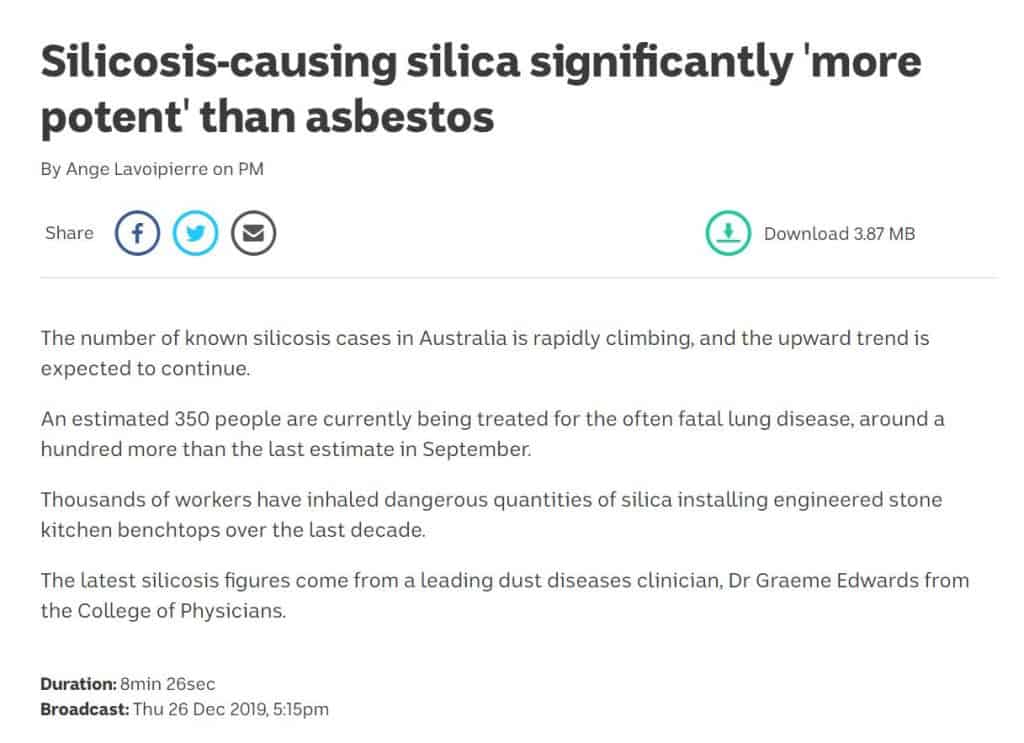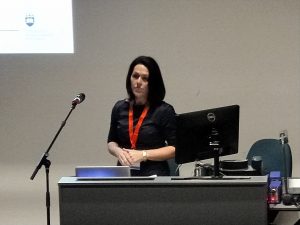[Guest Post] By Simon Longstaff (reproduced with permission from Crikey)
Each week, The Ethics Centre’s executive director Dr Simon Longstaff will be answering your ethics questions [in Crikey]. This week:
“ My employer sent me a questionnaire designed to test if my home working environment meets basic standards. If I’d answered truthfully I would have ‘failed’ the test. But what’s the point in telling the truth when I have to work at home in any case? Was it wrong to lie on the form?”
Although this ethical issue seems to fall on you — as the person receiving the survey — it actually starts with your employer’s decision to request this information in the first place.



 It is rare to find new designs in personal protective equipment (PPE). Trousers may have new pockets or padding. Helmets may have additional ventilation. Goggles have improved anti-fog holes. But rarely is PPE combined.
It is rare to find new designs in personal protective equipment (PPE). Trousers may have new pockets or padding. Helmets may have additional ventilation. Goggles have improved anti-fog holes. But rarely is PPE combined. It’s Jacaranda season in New South Wales which increases the pleasure of visiting the State for a safety-related conference. It has been over a decade since SafetyAtWorkBlog attended a
It’s Jacaranda season in New South Wales which increases the pleasure of visiting the State for a safety-related conference. It has been over a decade since SafetyAtWorkBlog attended a  Rail-related suicides are tragedies that ripple throughout society affecting families of the suicides as well as the train drivers, their families and their colleagues. Various strategies are being trialled but often the results of interventions are hard to quantify. At the annual conference of the
Rail-related suicides are tragedies that ripple throughout society affecting families of the suicides as well as the train drivers, their families and their colleagues. Various strategies are being trialled but often the results of interventions are hard to quantify. At the annual conference of the